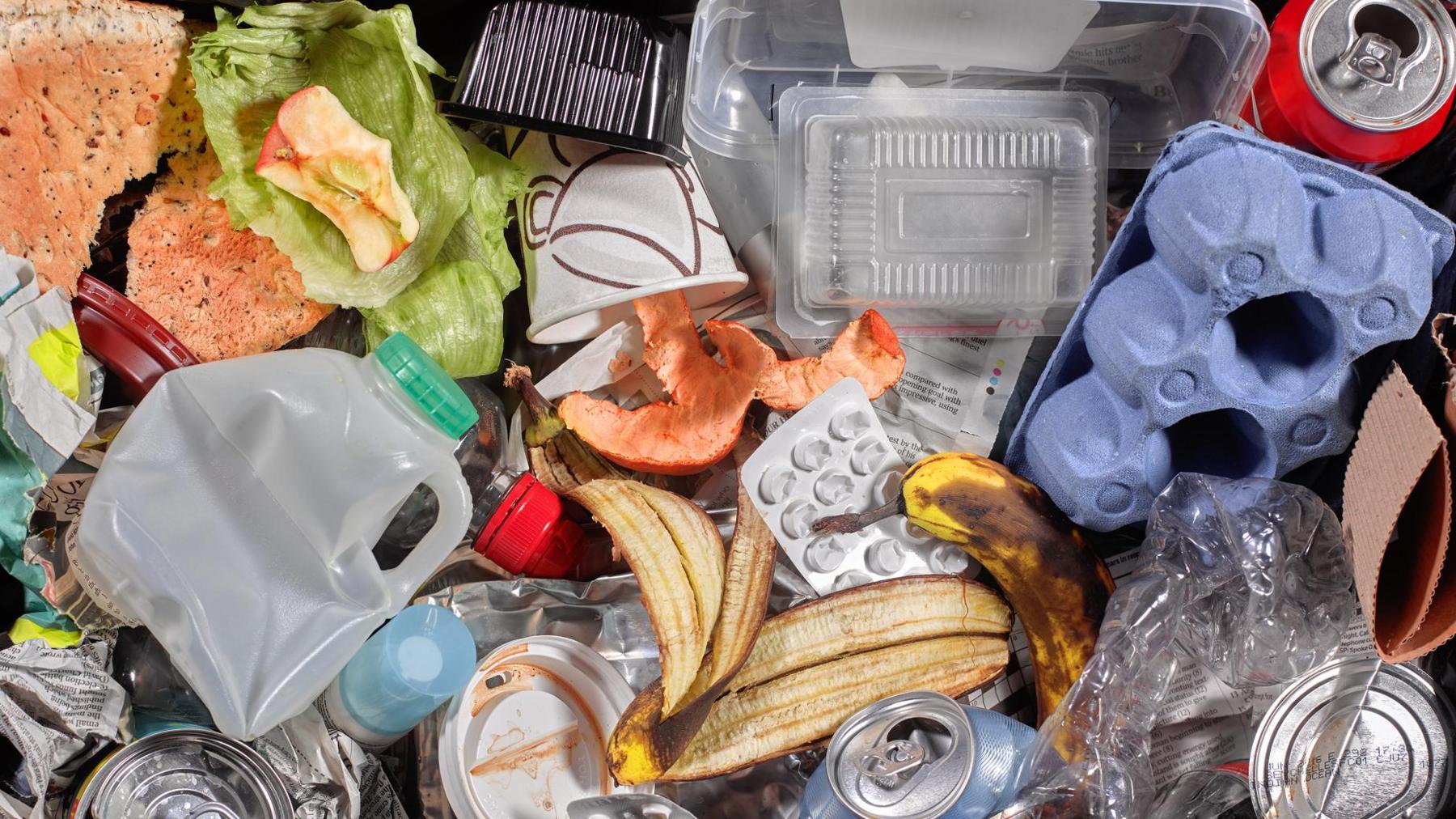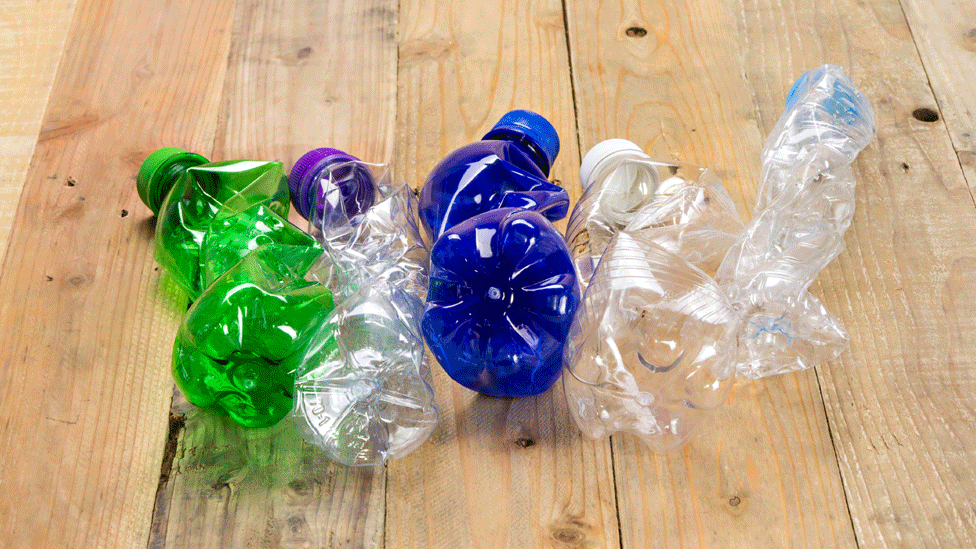Recycling and packaged food found in Highland bins

At a glance
Highland Council has raised concerns about the amount of recyclable items households put in bins
It said a study had shown on average 36% of binned household waste could have been recycled or composted
An additional 25% was made up of uneaten food and drink still in its packaging
The council said most of the food was fit for consumption
- Published
More than half of waste thrown into wheelie bins in the Highlands could be recycled, according to local authority analysis.
Highland Council said on average 36% of binned household rubbish was recyclable or could have been composted.
It said an additional 25% was made up of uneaten food and drink still in its packaging.
Highland Council said most of the food was fit for consumption.
Greenhouse gas
The local authority said 20,000 tonnes of food and drink was going into bins across its region every year.
Highland Council carried out its waste composition analysis using a sample of bins in Contin, Evanton, Dingwall, Inverness and Strathpeffer.
Communities and place committee chairman Graham Mackenzie said the study's results were disappointing.
He said: “When we throw food away, it rots and releases methane, a greenhouse gas into the atmosphere.
"Methane gas has 80 times the warming power of carbon dioxide, a major contributor to the climate crisis.”
The analysis also suggested on average 6% of refuse was glass bottles and jars, 6% was garden waste and 4% metal.
Highland Council collects about 57,000 tonnes of refuse and about 15,000 tonnes of recycling from households through kerbside collections each year.
The recycling rate for the Highland region is 37%.
- Published11 August 2015
